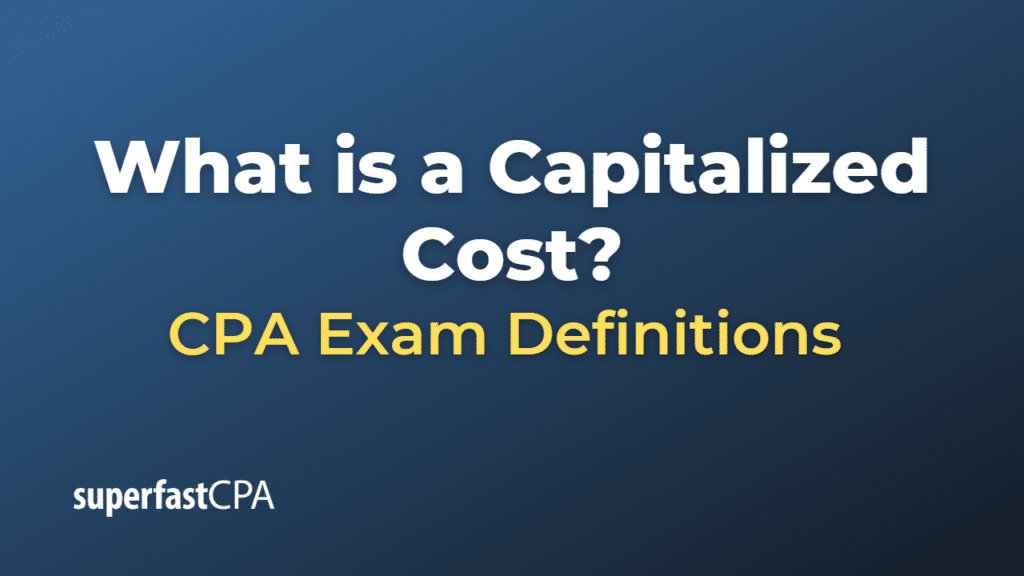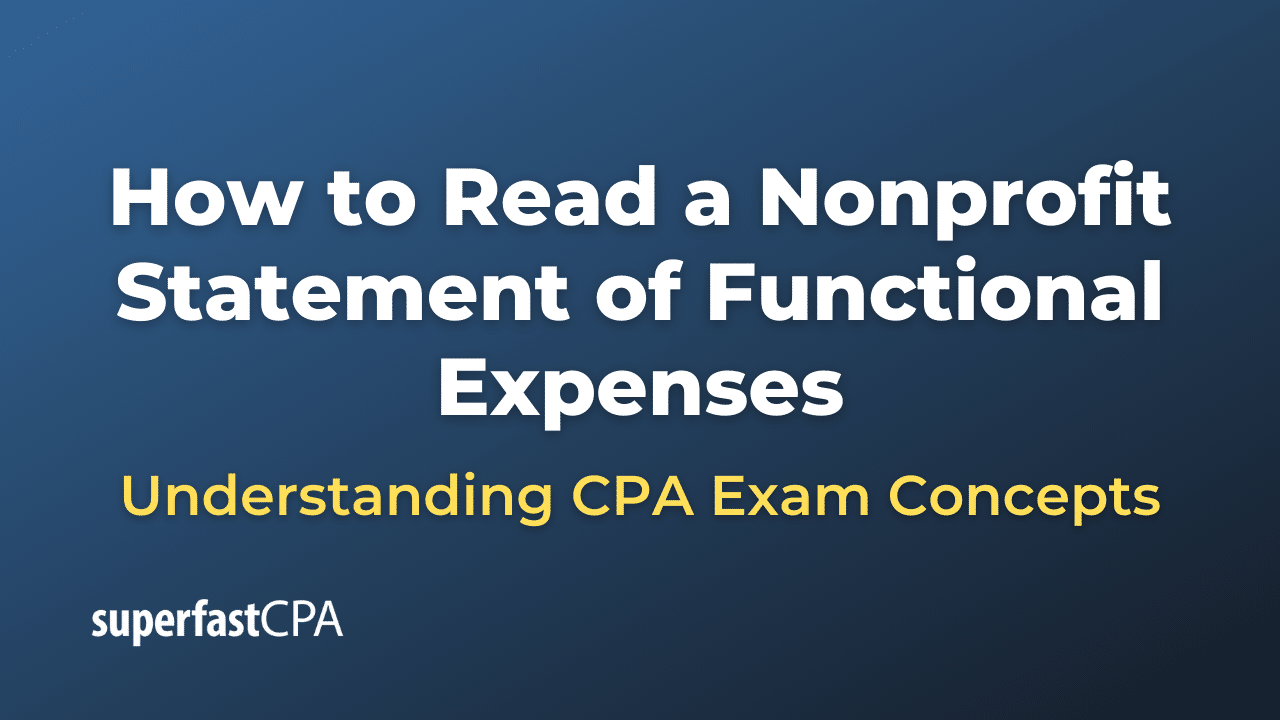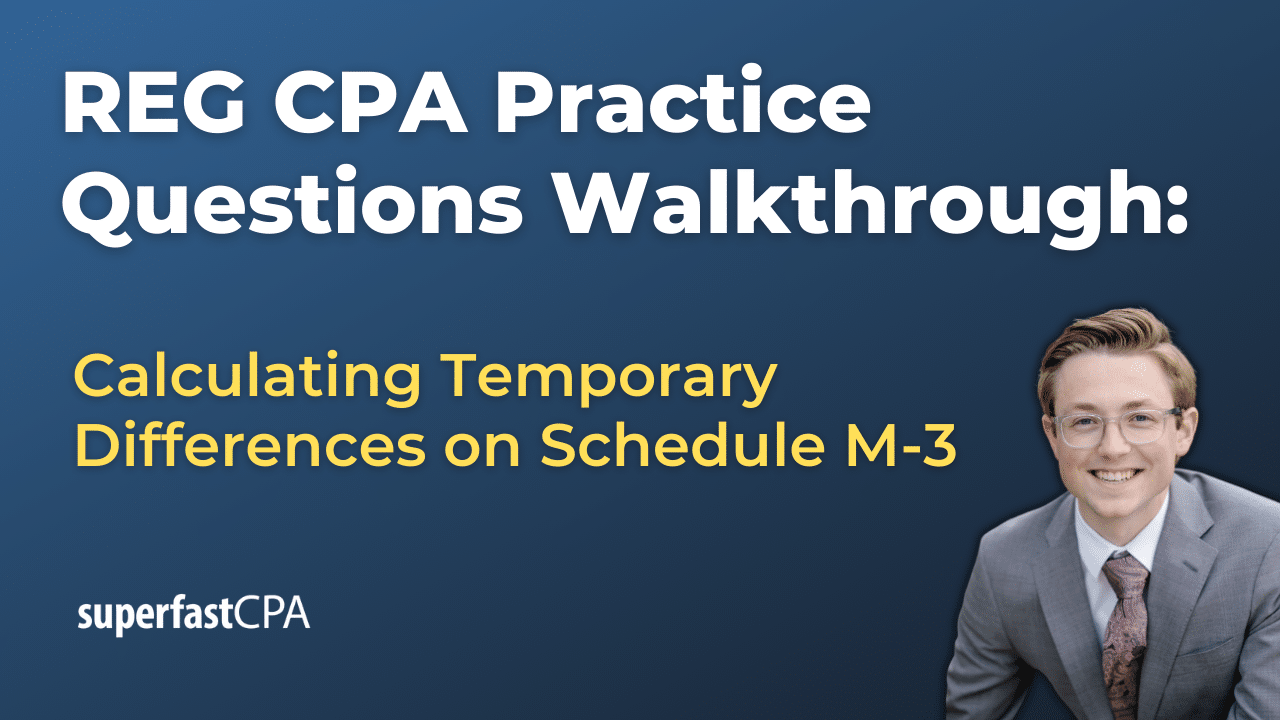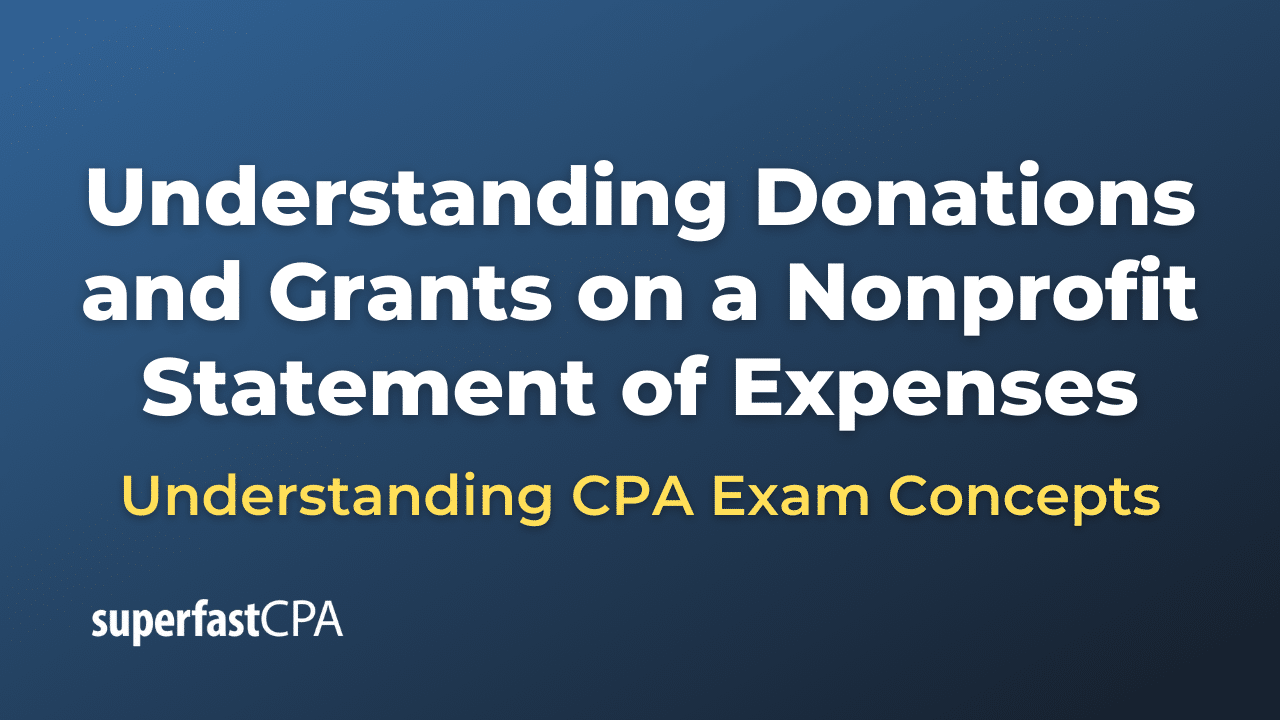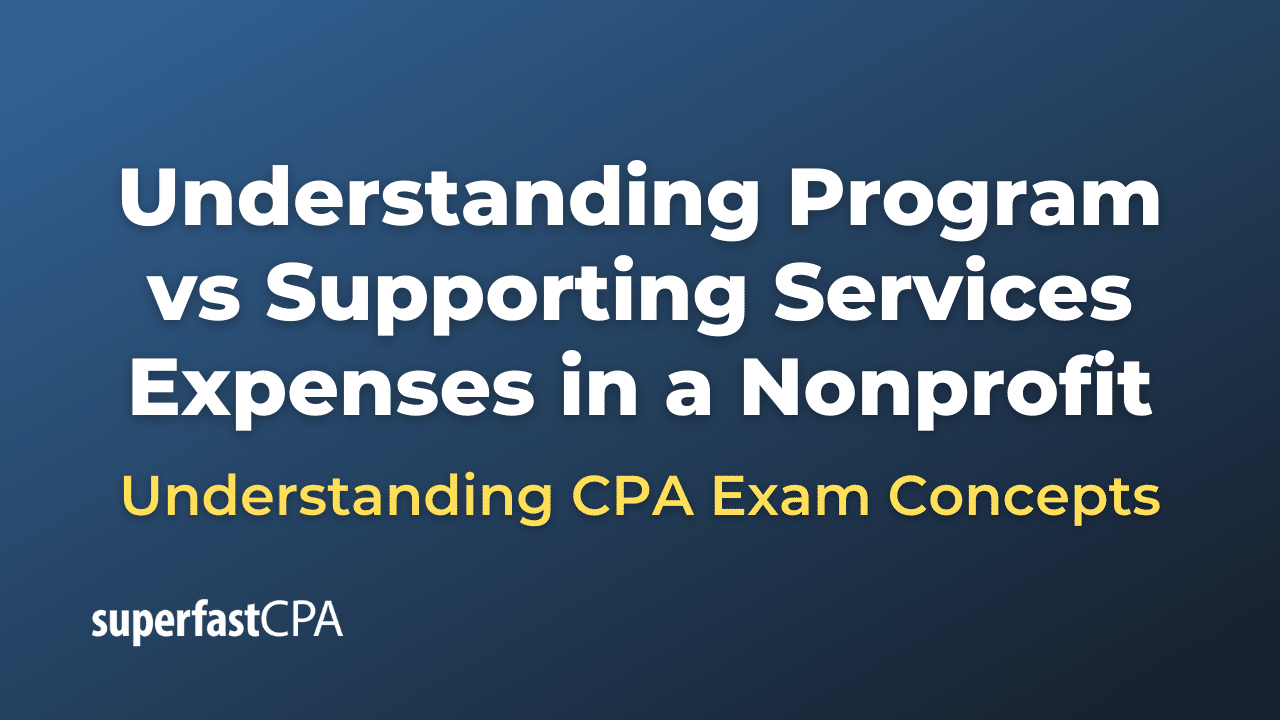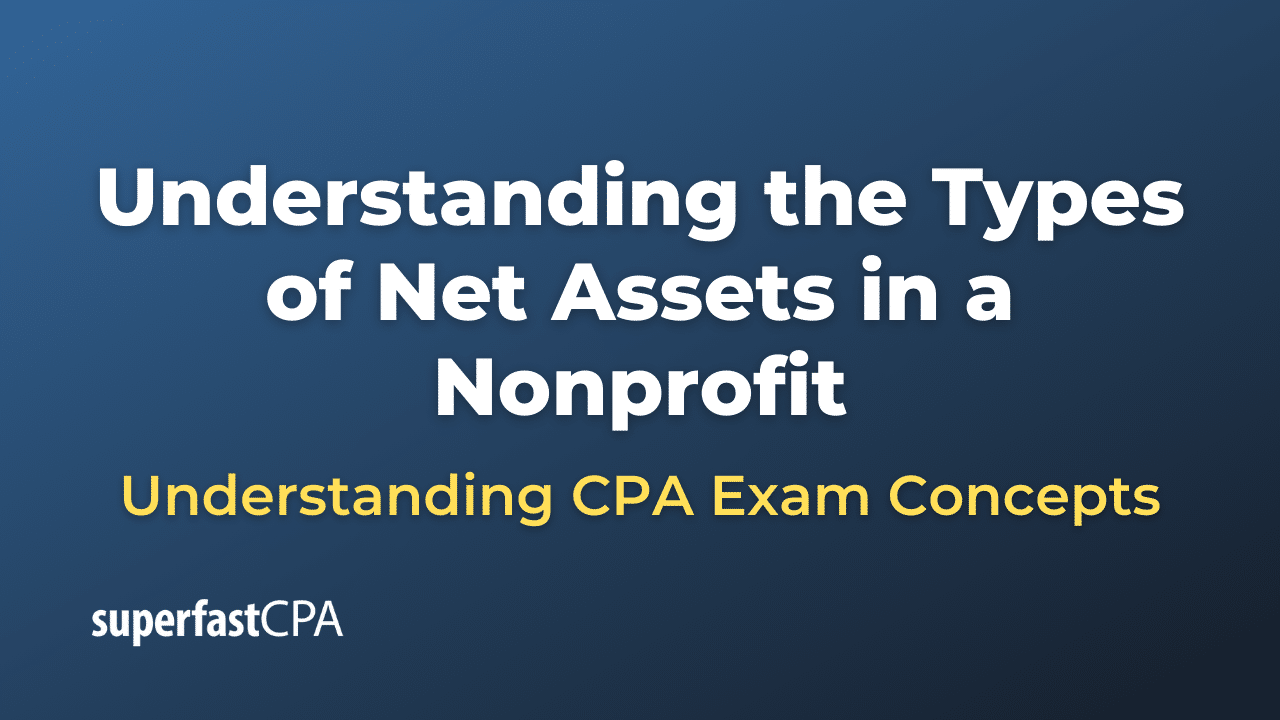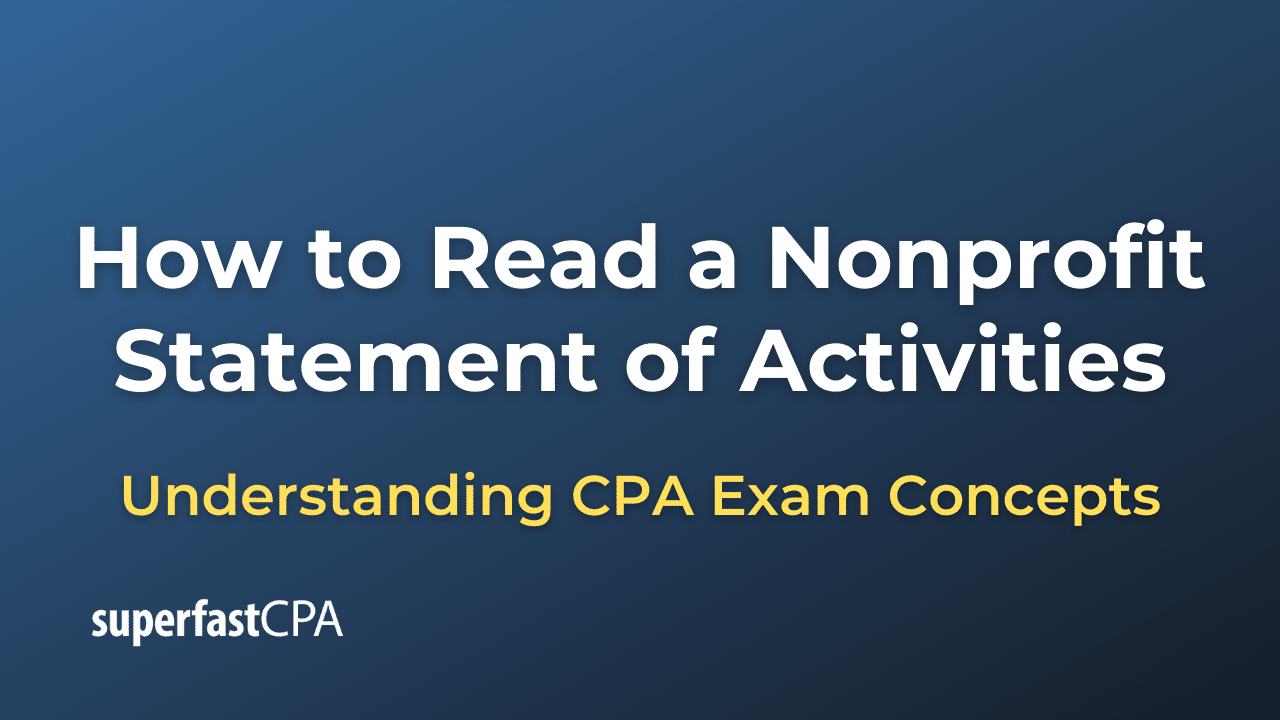Capitalized Cost
A capitalized cost is an expenditure that is recorded as a long-term asset on the balance sheet, rather than being recognized as an immediate expense on the income statement. Capitalized costs are associated with the acquisition, production, or improvement of assets that provide economic benefits to a company over an extended period, typically more than one accounting period or one fiscal year.
Capitalizing a cost allows a company to allocate the expense over the asset’s useful life, using depreciation (for tangible assets, such as property, plant, and equipment) or amortization (for intangible assets, such as patents, trademarks, or copyrights). This process helps match the cost of the asset with the revenues it generates over time, providing a more accurate representation of a company’s financial performance.
Examples of costs that are typically capitalized include:
- The purchase price of property, plant, and equipment.
- Costs related to the construction or development of an asset, such as materials, labor, and professional fees.
- The acquisition of intangible assets, such as patents, copyrights, or trademarks.
- Costs associated with the development of internally generated software or other intellectual property.
- Interest expenses incurred during the construction of a long-term asset, like a building or a manufacturing plant.
Capitalized costs are distinguished from operating expenses, which are costs related to a company’s day-to-day operations and are recognized as expenses on the income statement in the period they are incurred. Operating expenses do not provide long-term economic benefits to the company and typically include salaries, rent, utilities, and other routine expenses.
Example of a Capitalized Cost
Let’s consider a fictional company, “GreenEnergy Corp.,” that decides to build a new solar power plant to expand its renewable energy production. The following costs are associated with the construction of the solar power plant:
- Land purchase: $500,000
- Solar panels and equipment: $2,000,000
- Construction labor: $800,000
- Engineering and consulting fees: $200,000
- Interest expense on construction loan: $100,000
In this case, GreenEnergy Corp. will capitalize these costs as a long-term asset on the balance sheet because they are associated with the acquisition and development of an asset that will provide economic benefits over an extended period.
The total capitalized cost of the solar power plant is:
Capitalized Cost = Land + Equipment + Labor + Consulting Fees + Interest Expense
Capitalized Cost = $500,000 + $2,000,000 + $800,000 + $200,000 + $100,000
Capitalized Cost = $3,600,000
GreenEnergy Corp. will record the solar power plant on its balance sheet as a fixed asset with a value of $3,600,000. Once the solar power plant is operational, the company will depreciate the capitalized costs over the plant’s useful life. This will involve allocating the cost of the asset to the income statement as depreciation expense, matching the cost with the revenues generated by the solar power plant over time.
By capitalizing the costs associated with the solar power plant, GreenEnergy Corp. can better track and manage its long-term investments in assets that provide economic benefits over an extended period.

